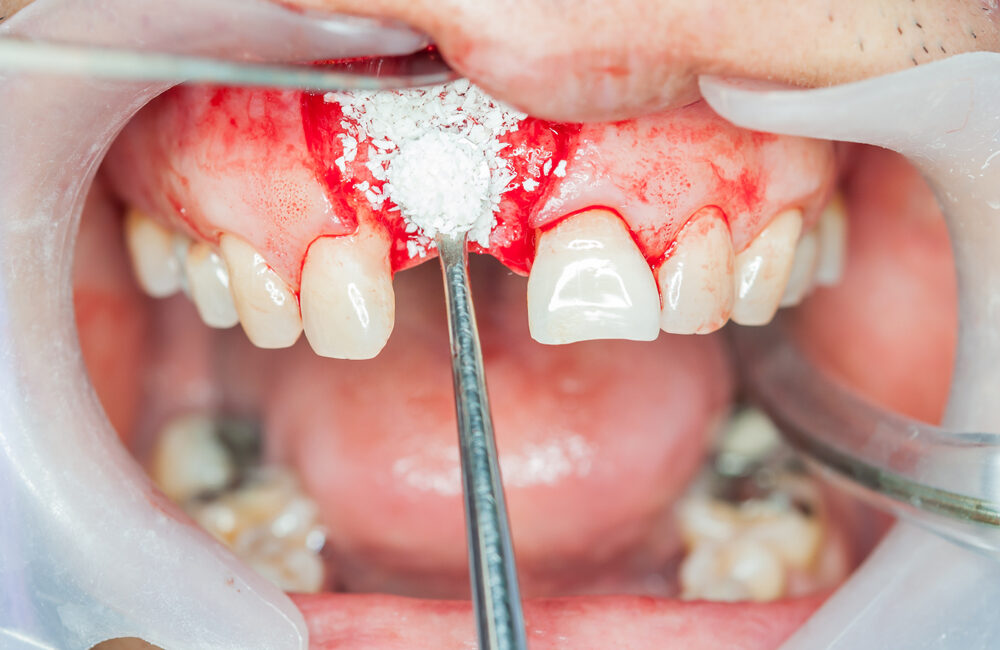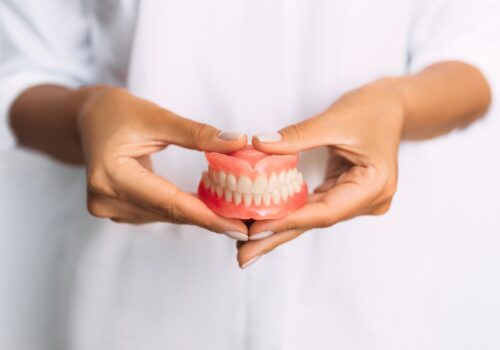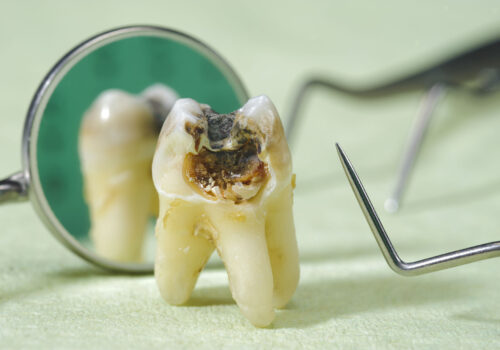
Bone loss to the jaw is one of the most serious consequences of missing teeth. It begins as soon as a tooth is lost, when the natural stimulation for bone growth created by the force of teeth chewing can no longer occur. The result can be dramatic—the width of the bone can reduce by 25% in the first year alone after tooth loss.
Progressive bone loss can affect your mouth in a number of ways, such as a decrease in gum tissue. It can also limit your choices for tooth replacement. Losing more and more teeth (and bone along with them) could alter your facial appearance if the distance between the nose and chin noticeably shortens as the years go by.
Fortunately, excessive bone loss isn’t inevitable if you lose a tooth. Dentists can perform bone grafting procedures with materials that stimulate new bone growth at the missing tooth site. And, if dentists place grafting immediately after a tooth extraction, it can prevent excessive bone loss and enable them to place future dental implants.
How Bone Grafts Work
Bone grafts can originate from one of four possible sources: the patient, another human being, an animal or synthetic materials. The source used will depend on whichever the dentist believes will work best in the patient’s situation. Thoroughly disinfected donor tissue from another person or animal is safe for grafting.
The graft itself acts more as a platform for nearby bone to grow upon; the new bone growth will eventually replace the graft material, which consists of the minerals calcium, phosphorus, and hydroxyapatite. The dentist may also cover the graft with collagen membranes to guide the regeneration, or synthetic material that acts with other biologically active molecules in the body to promote healing. These materials are eventually absorbed by the body.
The particular approach taken for grafting procedures depends on the location in the mouth, the degree of bone loss, and whether the grafting occurs immediately after removing a tooth (extraction) or if some time has passed since tooth loss. All grafting procedures are not alike.
In the case of tooth extraction
One option would be for the dentist to fill the site with bone-grafting materials after removing the tooth and before suturing the gum in place. Immediate grafting can limit bone loss during gum healing and facilitate a future dental implant procedure. If the tooth has been missing for some time and the remaining bone is insufficient, the dentist will make an incision in the gum tissue to expose the bone, place and secure the graft along with any planned membranes or growth factors, and then suture the incision closed. Procedures like this are usually performed with local anesthesia.
In cases involving the back of the upper jaw
In cases involving the back of the upper jaw, where bone is insufficient vertically, a surgeon may also utilize the sinus cavity just above it as a grafting site. The surgeon can access this sinus either through the future implant site or laterally through the cheek-side wall of the sinus. There are many more types of bone grafting procedures, from saving teeth threatened by periodontal (gum) disease to repair of traumatic injuries, all of which have similar post operative needs.
After a grafting procedure
Patients may experience only mild discomfort for a few days, usually managed with anti-inflammatory, non-steroidal medications like ibuprofen. As a precaution against infection, the dentist may also prescribe an antibiotic.
Bone Regeneration Expands Your Restorative Choices
Besides halting a patient’s accelerated bone loss, bone grafting could also make possible the best tooth replacement choice available in cosmetic dentistry—dental implants. Since their introduction over three decades ago, dental implants have increased in popularity among both patients and dentists for their lifelike appearance, durability and applicability with a number of other tooth replacement options.
Bone grafting for dental implants
But implants require a minimum amount of bone at the site for proper anchorage, and adequate bone ensures the implant’s eventual crown placement will function properly and appear natural. Bone regeneration through grafting can improve the bone mass at a missing tooth site to the point that a dental implant becomes indistinguishable from a natural tooth.
The implant’s unique composition also holds an added benefit for bone health: The titanium post inserted into the jawbone becomes fused with bone tissue, encouraging continued bone growth in the area.
What is Cosmetic Dentistry? click to find out the answer
Improving Your Health and Appearance by Restoring Lost Bone
Bone loss can harm your oral health and can cause you to look older than you are. But in many instances, bone can be regenerated and strengthened with obvious benefits to both your health and appearance.
Grafting technology and its continuing advancements not only promote new bone growth, but controlled growth for the most optimum result. Bone grafting can truly create new opportunities for better mouth function and a more attractive smile.







Pingback: What Can Cause TMJ Disorder? - UDENZ - MENA DENTAL PLATFORM